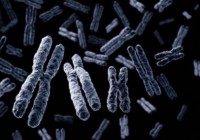CSI: Genome Biology

The writers of popular forensics drama franchise CSI would be well advised to read Genome Biology today, as we publish an article that employs a widely used epigenetics assay to show that age can be predicted with reasonable accuracy from pretty much any human DNA sample, so long as it is sourced from healthy tissue…. Read more »
2





